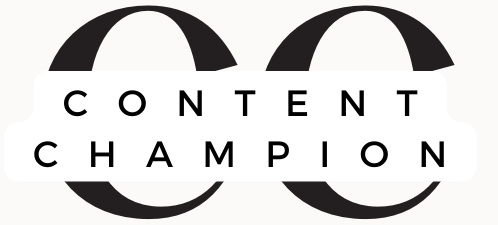For small businesses seeking to work with the Department of Defense (DoD), understanding and implementing CMMC is no longer optional—it’s essential. The Cybersecurity Maturity Model Certification was developed to secure the Defense Industrial Base (DIB) and protect Controlled Unclassified Information (CUI) across the federal supply chain. As more agencies adopt CMMC requirements, small contractors must be prepared to demonstrate cybersecurity compliance at varying levels depending on the sensitivity of the information they handle.
Why CMMC Matters for Small Businesses
Small businesses are often targeted by cyber attackers due to fewer resources and less mature security practices. However, they are critical links in the federal supply chain. All businesses can benefit from some level of cybersecurity training in order to secure operating procedures. CMMC helps level the playing field by enforcing cybersecurity hygiene and accountability. Even businesses pursuing less sensitive contracts must meet Level 1, which focuses on basic safeguarding of Federal Contract Information (FCI). Level 2 and Level 3 requirements escalate based on the level of CUI handled and the associated risks.
What Are the 14 Domains of CMMC?
CMMC practices are grouped into 14 domains, including Access Control (AC), Audit and Accountability (AU), and Incident Response (IR), among others. These domains are designed to build a comprehensive security framework that aligns with the National Institute of Standards and Technology (NIST) guidelines. Each domain includes a set of processes and practices that small businesses must adopt, document, and, in some cases, have assessed by a Certified Third-Party Assessor Organization (C3PAO).
Steps to Prepare for CMMC Certification
- Determine Required CMMC Level: Identify the certification level required for your contracts. This can often be found in Requests for Proposals (RFPs) or Statements of Work (SOWs).
- Conduct a Gap Assessment: Evaluate your current cybersecurity posture against the required practices and domains.
- Develop a System Security Plan (SSP): This outlines how your organization meets the requirements and manages cybersecurity risks.
- Implement Required Practices: Address any gaps with the appropriate technical and procedural controls.
- Schedule a Certification Assessment: For Level 2 and higher, you’ll need an independent assessment from a certified C3PAO.
The Business Impact of CMMC Compliance
Achieving CMMC certification not only qualifies your business for DoD contracts but also improves your overall cybersecurity resilience. Many small businesses find that the process of aligning with CMMC strengthens client trust, enhances operational security, and opens doors to higher-value contracts. While the path to compliance requires investment and effort, it positions businesses competitively in a growing and security-conscious federal marketplace.
The Cybersecurity Maturity Model Certification (CMMC) is a protocol for government contracts working with the Department of Defense (and soon other agencies) to mitigate cyber security threats. Level 1 certification includes 17 unique practices, while level 2 comprises 93. There are a total of 110 practices in the 14 domains of CMMC for small business.
There are 14 unique domains that are covered by the certification:

- PS is slightly shorter with 2 practices for personnel security

-
- SC features 16 total practices addressing system & communications protection.
-
- SI describes 7 best practices in system and information integrity.
Each of the practices can be addressed by looking at the definition and researching how your organization addresses it. They each refer to methods of handling CUI or controlled unclassified information. There are a lot of lists out there, especially because of the frequent changes to methods, assessment requirements and overall domain names.
These are part of CMMC v2. the DOD cyber strategy features all the domains listed above, and auditors look to these standards when authorizing federal cmmc for small business.
One great way to mitigate security threats in network security is to evaluate each of the above domains and create a strategy for addressing issues as they arise. Good CMMC defense builds on cmmc 1 and includes more robust methods of the domains which were added later especially risk assessment, security and incident response. These are some of the factors that help evaluate an organization for cmmc maturity, or essentially the capacity to address the ongoing changes to digital environments in the course of development. Find out how Content Champion can help your team manage data better & improve security functions.
